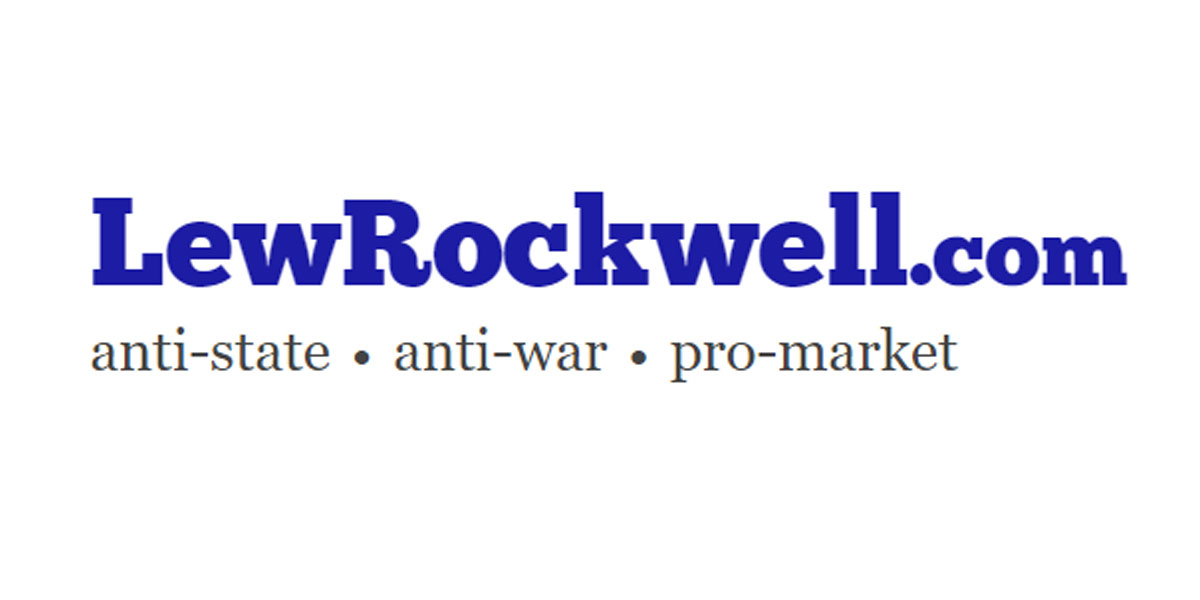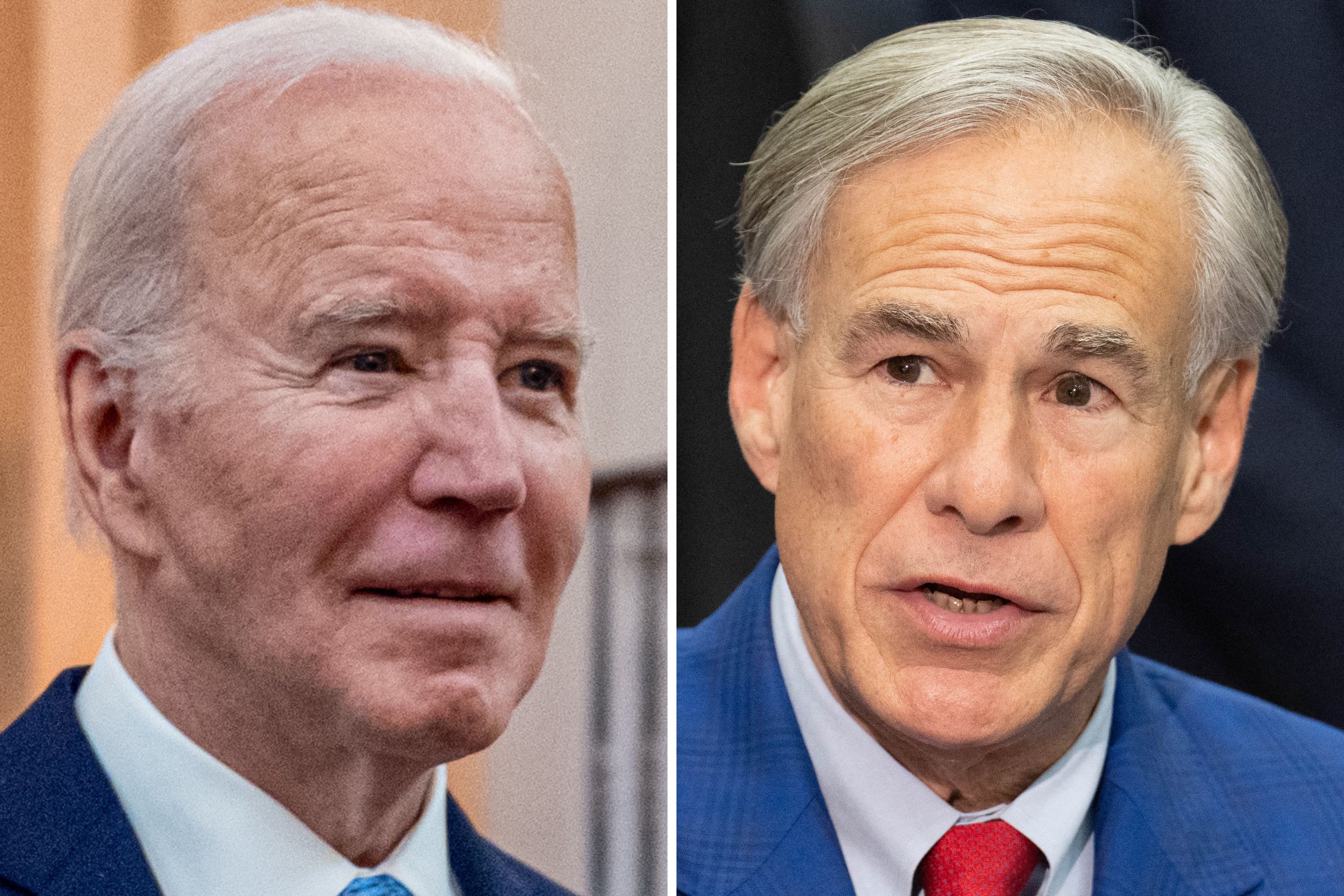Just for you @Breastman. I was a frosh at OSU during the Iran / US hostage crisis.
US universities face a battle of minds
The infiltration of radical Islamic ideology into US and European educational and cultural institutions is extensive. These entities have been active not just in universities but also in media, lobbying groups, research centers, think tanks, and even religious institutions.
By
Erfan Fard
Published on
05-12-2024 10:10
Last modified: 05-12-2024 10:13
Unfortunately, American students and some of their defenders often do not fully understand what they are advocating for. Their lack of awareness of radical Islam, Islamic terrorism, fanaticism, Khomeinism, Shiite terrorism, the Muslim Brotherhood, or the transnational terrorist networks creates a fertile ground for the spread of harmful ideologies. This chaotic situation has historical roots in American universities that date back several decades.
During the 1960s and 1970s, Marxist-Leninist leftists, together with Islamic leftists in America, mounted significant protests against the late Shah of Iran, who was, at that time, the United States' most steadfast ally in the Middle East. In an ironic twist of history, Jimmy Carter praised Khomeini, and the White House went as far as to call him a "holy man." This marked a drastic and consequential shift in international relations and internal policies in Iran.
Following the tumultuous events of 1979, Iran, a nation with a rich civilization spanning 7,000 years, fell victim to a regime of religious and political Islamic tyranny. This not only endangered its own cultural heritage and population but also posed a significant threat to the stability of the Middle East and global security at large. In Washington, a severe miscalculation occurred; the administration believed that by playing the "Islamic card," radical Islam could be manipulated to act as a bulwark against the Soviet Union. This naive belief overlooked the fact that many Islamic terrorist groups, including those led by figures like Yasser Arafat, were already collaborating with Soviet interests.
This gross underestimation allowed a radical ideology to break free of its regional confines and assert itself on the global stage. The ideology of Khomeinism, empowered by Western miscalculations, took the world by storm. Ironically, Khomeini's regime began its international campaign with an act of aggression – hostage-taking – which directly contradicted the expectations of those like Carter who had supported him.
Within the United States, several academics and students became deeply entangled with the ideologies of the Muslim Brotherhood and Khomeinism. Far from being mere observers, these individuals were actively engaged in spreading the doctrines that supported the regimes they admired. This not only sowed seeds of discord but also betrayed a profound ignorance of the destructive nature of the ideologies they espoused.
Over the past 45 years, the repercussions of these ideologies have been dire. Wars, chaos, and political instability have become more prevalent, replacing what were once opportunities for peace and cooperation. The educational systems, meant to be bastions of learning and enlightenment, have instead sometimes become platforms for preaching and defending reactionary and destructive ideologies. This has not only undermined the academic integrity of these institutions but also compromised the future of many young Americans who remain largely unaware of the true nature of the forces molding their perceptions.
Today, the dictator of Iran, Khamenei, continues to exploit these ideological vulnerabilities. His regime, characterized by its brutality and suppression of dissent, finds perverse satisfaction in the turmoil evident in American universities. The recent protests in Iran, which resulted in the death of 700 people and the blinding and imprisonment of hundreds more, starkly illustrate the regime's ruthless tactics. Yet, these atrocities seem to find some echo among American student groups that unwittingly champion the causes of such a regime.
This phenomenon raises pressing questions: Do these students truly understand the nature of the forces they support? Are they aware of the implications of their actions? It is crucial to recognize that the support for entities like Hamas and the display of Hezbollah flags not only contravene US laws, which categorically reject terrorism but also threaten the very principles of American democracy.
The infiltration of radical Islamic ideology into US and European educational and cultural institutions is extensive. These entities have been active not just in universities but also in media, lobbying groups, research centers, think tanks, and even religious institutions. This long-term engagement poses a severe risk to the democratic fabric of American society, a risk that is compounded by the widespread nature of this infiltration and the subtlety with which it operates.
Moreover, the international media, which could play a critical role in educating and informing the public about these dangers, often falls prey to the same propaganda it ought to critique. The influence of what some might call the "media mafia" – entities that propagate terrorist ideologies under the guise of news and information – continues to mislead the dynamic and creative young generation. This manipulation leads to radicalization, which if unchecked, could have dire long-term consequences for global peace and security.
Furthermore, the ideological battle between radical Islamists and the West is not confined to military or physical confrontations; it is a deeper, more pervasive war that seeks to undermine social norms, cultural heritage, and historical narratives. The youth in America, influenced by these sinister forces, are often caught up in disturbances that risk not only their future but also the stability and security of the nation they call home.
To the youth of America, and indeed to all who value democracy and freedom: it is imperative to look closely at the lessons history offers. Iran, once a beacon of culture and prosperity, now lies in ruins, a stark testament to the destructive power of radical ideologies. The Iranian people live in a state of perpetual turmoil, their resources squandered on sustaining terrorist activities that have brought them nothing but suffering and despair.
Before 1979, the Shah of Iran stood as a friend and ally to America, representing a bulwark against the spread of Soviet and radical influences. However, his overthrow, facilitated by international leftist groups and Islamic fanatics, opened the door to a regime that has consistently fostered terrorism and oppression. As we reflect on these developments, it becomes clear that the challenges we face are not just about combating overt acts of terrorism. They are about recognizing and countering the subtle, pervasive spread of an ideology that seeks to destroy from within. It is about standing firm against propaganda, recognizing the true nature of our enemies, and ensuring that the values of liberty and democracy are upheld. The struggle is daunting but essential for the preservation of our way of life and the protection of future generations.
Be vigilant and informed. The rights to freely practice religion, speak openly, publish, and assemble are fundamental to our democracy but must not be abused to support the very ideologies that seek to destroy it. We must not allow the noble intentions of these freedoms to be manipulated to propagate harmful ideologies like Khomeinism or to support the baseless claims of autocrats like Khamenei.
In this critical moment, let us recall the wisdom of our Founding Fathers and strive to protect the principles they established. Observing the misuse of these freedoms to promote terrorism and radical ideologies, particularly in educational institutions like Princeton where Hezbollah flags have been seen, is deeply troubling. These actions betray the principles upon which our nation was founded and on which it must continue to stand.
God save America from these threats, both seen and unseen, and empower us to remain vigilant defenders of our cherished freedoms.





